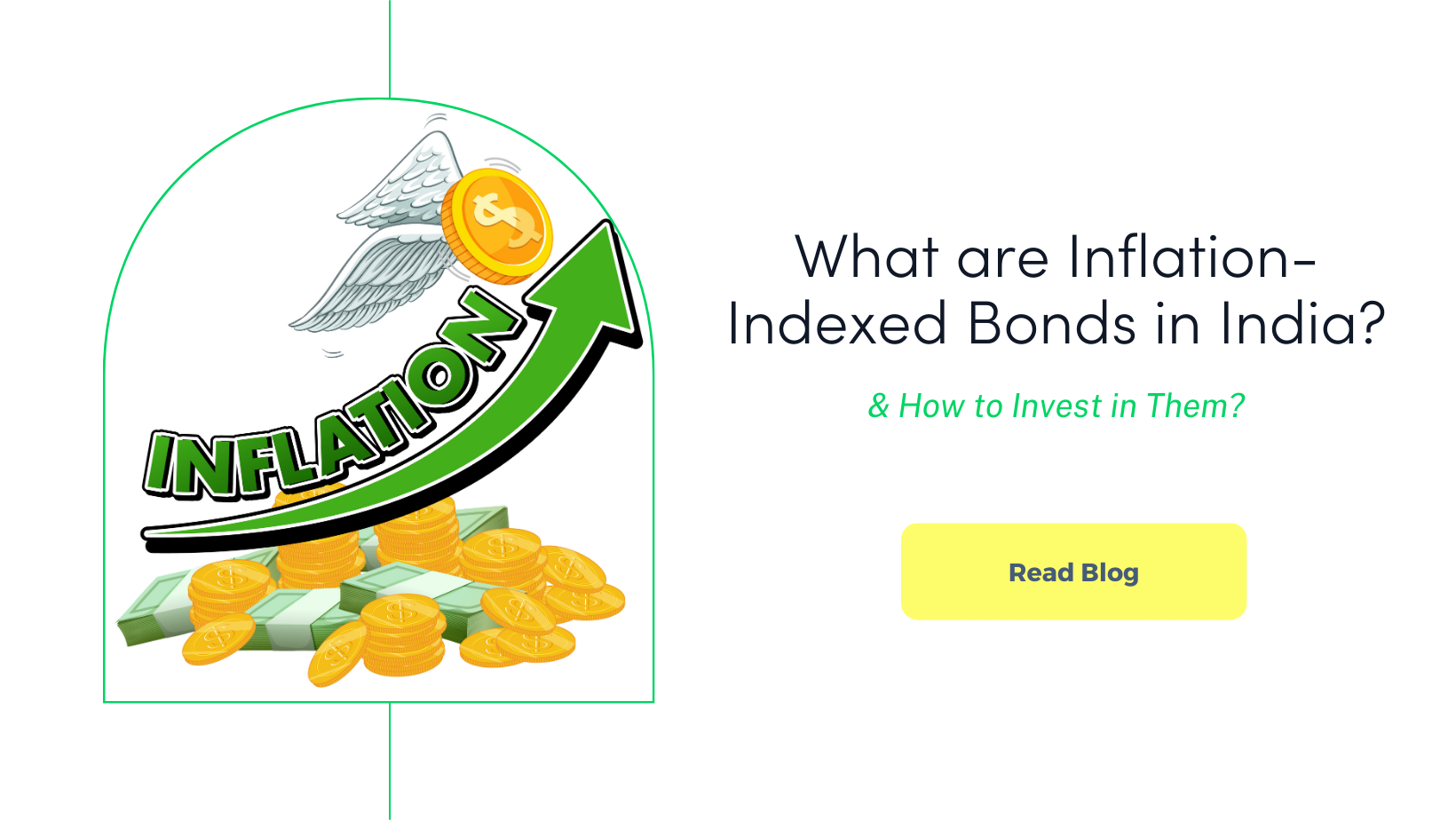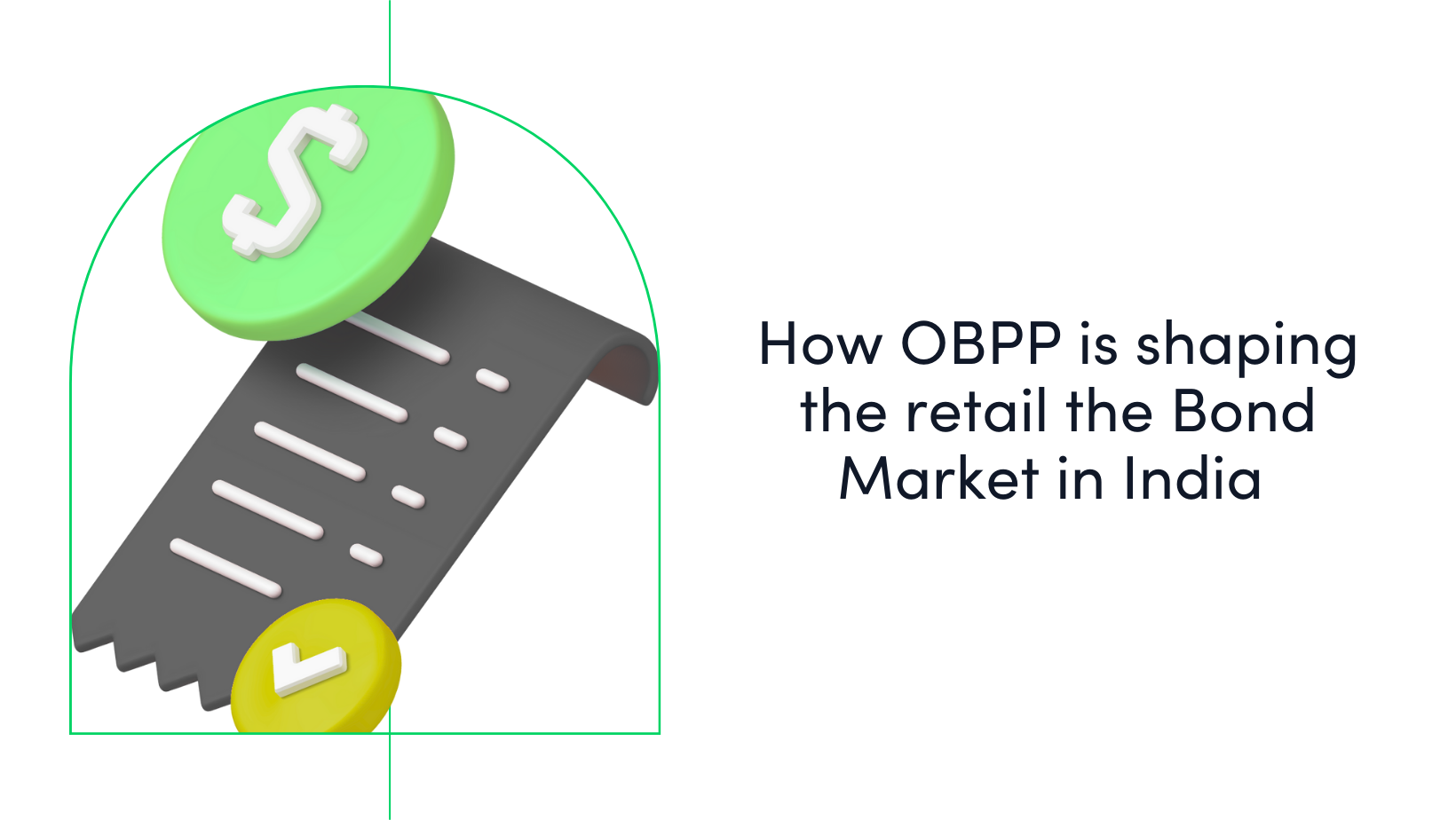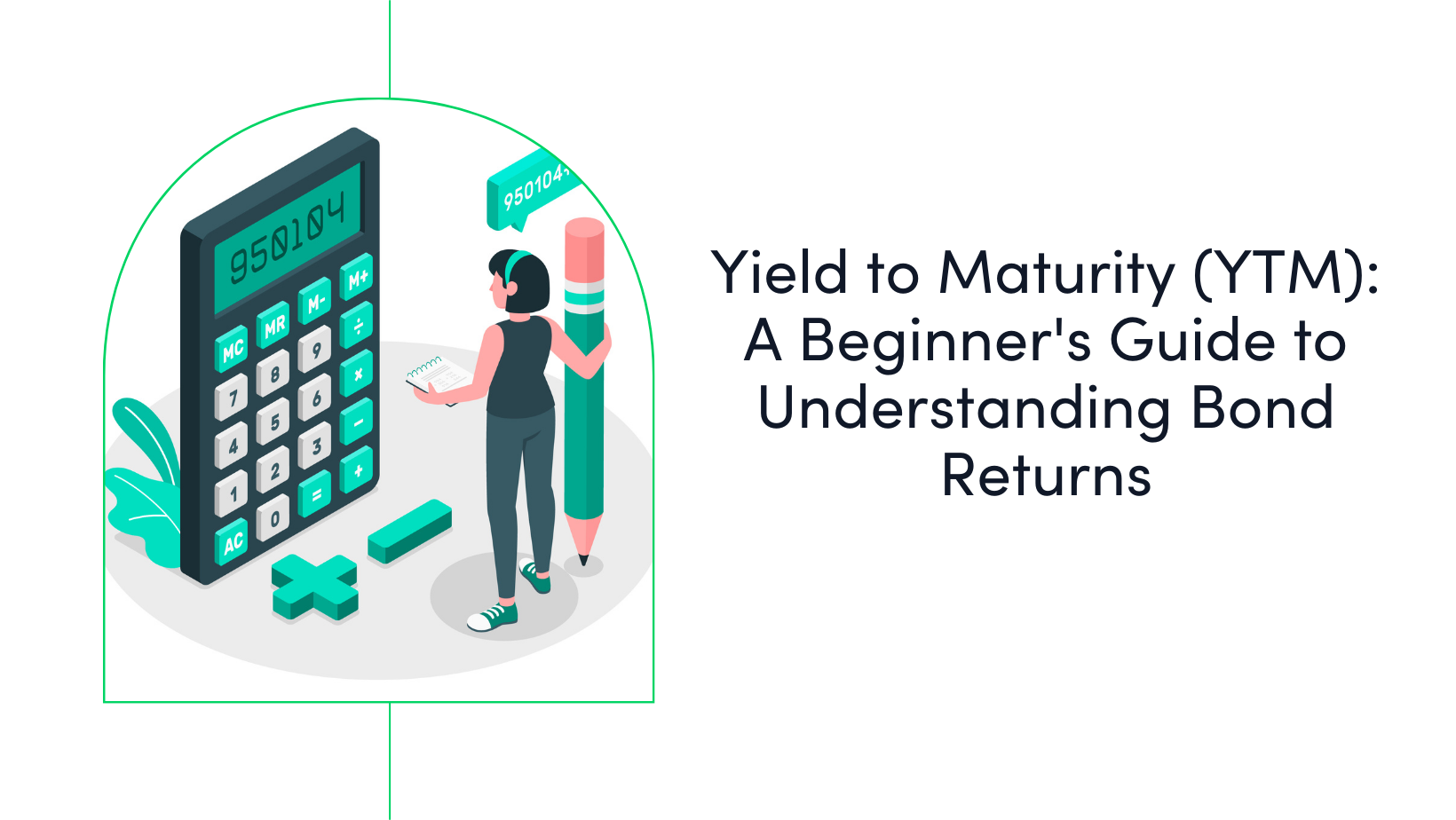Earn 9%–15% on Senior Secured Bonds.
Lower risk. Fixed returns. Start investing on Aspero with just ₹10,000.
Explore Bonds


In the dynamic global financial landscape, government bonds play a pivotal role in sustaining and advancing the economic agenda of nations. India, as one of the world’s fastest-growing economies, exemplifies the significance of these bonds in driving developmental and infrastructural initiatives while managing fiscal deficits. The Indian bond market, boasting a substantial size of $2.44 trillion as of June 30, 2023, with $1.91 trillion allocated to government bonds, serves as a crucial financial instrument for both raising capital and providing a secure investment avenue for diverse investors.
Government bonds, often referred to as G-Secs or government securities, are debt instruments issued by the central or state government to raise funds for various projects and initiatives. These bonds serve as a form of borrowing from the public, with the promise of regular interest payments and the return of the principal amount at maturity.
1. Types of Government Bonds in India:
Treasury Bills (T-Bills): Short-term instruments with maturities ranging from 91 days to 364 days. They are issued at a discount to the face value, and the difference represents the interest earned.
Government Dated Securities (G-Secs): Long-term bonds with maturities exceeding one year. Interest is paid semi-annually, and these bonds can have varying tenures, ranging from 5 years to 40 years.
Savings Bonds: Designed for retail investors, savings bonds are non-tradeable, and the interest is compounded on a half-yearly basis. They typically have a fixed tenure.
2. How to Invest in Government Bonds?
Primary Market: Purchase bonds directly from the primary market through scheduled commercial banks and designated post offices.
Secondary Market: Buy and sell bonds on the secondary market through stock exchanges or Over-The-Counter (OTC) platforms. This allows for liquidity and flexibility in managing your investments.
Demat Account: Open a Demat account to hold G-Secs in electronic form, making transactions more convenient.
3. Why Invest in Government Bonds?
Safety and Security: Government bonds are considered one of the safest investment options because they are backed by the government’s credit, which is generally considered low-risk. In the case of India, G-Secs are issued by the Reserve Bank of India (RBI) on behalf of the government.
Steady Income: Government bonds typically provide a fixed interest rate, known as the coupon rate. This provides investors with a predictable and steady income stream, which can be particularly attractive for those looking for stability in their investment portfolio.
Low Default Risk: The risk of default on government bonds is generally low because governments can generate revenue through taxation. In the case of India, the credit risk is considered relatively low, especially for central government bonds.
Diversification: Including government bonds in a diversified investment portfolio can help spread risk. They often behave differently than equities, providing a counterbalance to the volatility of the stock market.
Liquidity: Government bonds are generally liquid investments, meaning they can be easily bought or sold in the secondary market. This liquidity provides investors with flexibility if they need to sell their bonds before maturity.
Tax Benefits: In some cases, certain government bonds may offer tax benefits. For example, some bonds may be eligible for tax exemption on interest income, providing a tax-efficient investment option.
Capital Preservation: Government bonds are considered a relatively low-risk investment, making them suitable for capital preservation. Investors who prioritize the safety of their principal may find government bonds attractive.
4. What are the risks of investing in government bonds?
Interest Rate Risk: Changes in interest rates can impact the market value of existing bonds. Rising interest rates typically lead to a decrease in bond prices, potentially causing capital losses for investors who need to sell before maturity.
Inflation Risk: If the bond’s interest rate fails to keep pace with inflation, the real (inflation-adjusted) return on investment may be lower than expected. Inflation erodes the purchasing power of fixed-interest payments over time.
Credit Risk: While bonds are generally considered low-risk, there is still a minimal level of credit risk. In the unlikely event of a government default, investors could face losses. In stable economies like India, the credit risk for central government bonds is relatively low, but it’s essential to monitor overall economic and fiscal health.
5. Who Can Invest?
Individuals: Retail investors can buy government bonds through banks, post offices, or brokerage firms.
Institutions: Banks, financial institutions, and corporate entities can participate in government bond auctions.
Foreign Investors: The Indian government has opened up the bond market to eligible foreign investors, allowing them to invest through specified channels.
Government Bonds in India offer a secure and reliable investment option with stable returns, making them an attractive choice for a diverse range of investors. By understanding the types of G-Secs available, the investment process, and the associated benefits, you can make informed decisions to strengthen your financial portfolio. As always, it is advisable to consult with financial experts and conduct thorough research before making any investment decisions.










